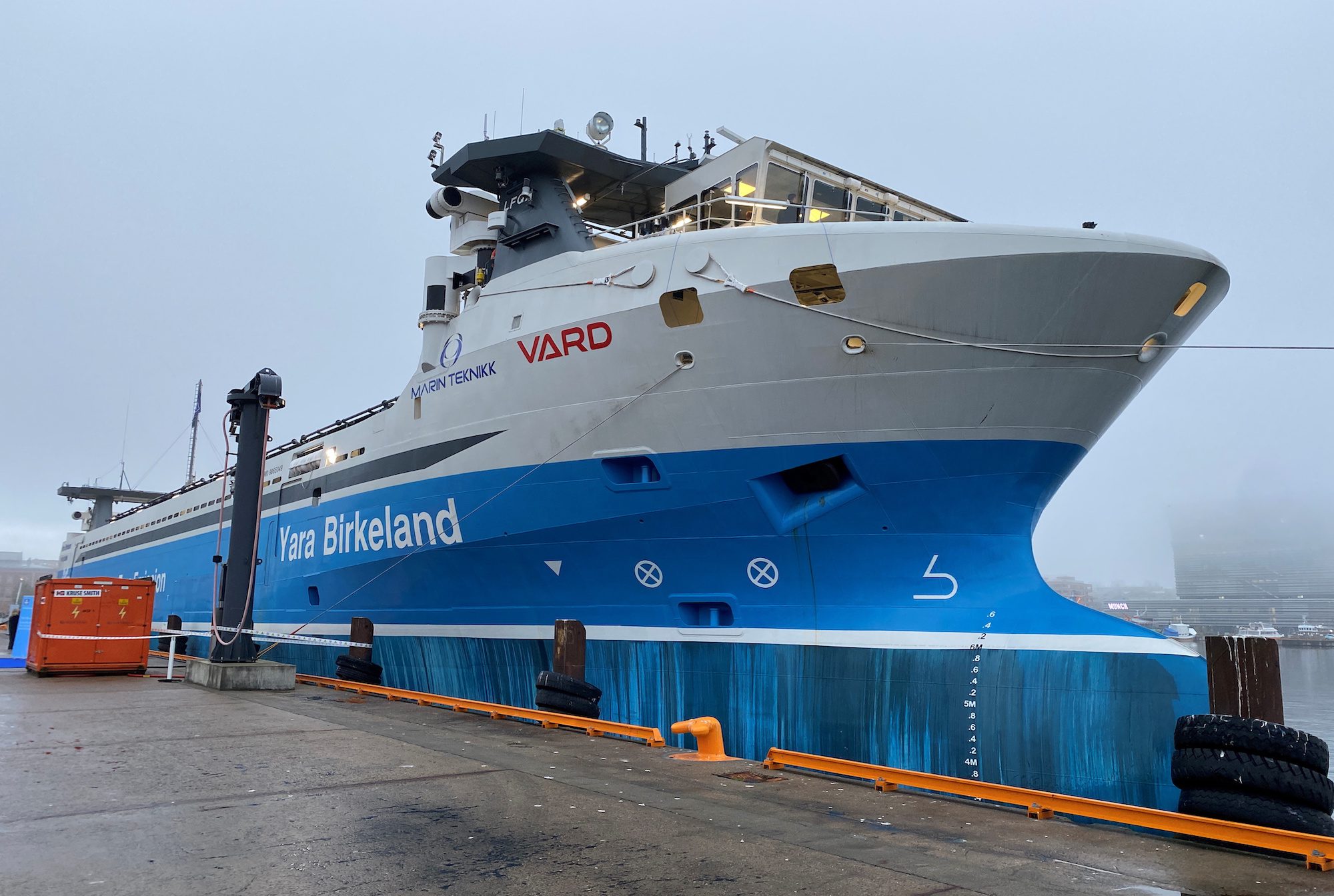Autonomous surface vessels: Cargo ships of the Future
INTRODUCTION
Autonomous ships, also known as Maritime Autonomous Surface Ships (MASS), are crewless vessels that transport either containers or bulk cargo over navigable waters with little or no human interaction. Different methods and levels of autonomy can be achieved through monitoring and remote control from a nearby manned ship, an onshore control center or through artificial intelligence and machine learning, letting the vessel itself decide the course of action. Autonomous cargo ships are by some in the shipping industry viewed as the next logical step within maritime shipping, noting the general trend of automating tasks and reducing crews on ships
Autonomous ships achieve autonomy by the use of technologies similarly found in autonomous cars and autopilots. Sensors provide data with the help of infrared and visual spectrum cameras supplemented by radar, sonar, lidar, GPS and AIS which will be able to supply data for navigational use. Other data such as meteorological data and deep-sea navigation and traffic systems from onshore locations will help the vessel plot a safe course. The data would then be processed by artificial intelligence systems either on board the vessel itself or at an onshore location, proposing an optimal route and decision pattern.

GLOBAL TRENDS OF AUTONOMOUS VESSELS
In the past decade, with a variety of multi-national projects with massive investment and research and development for autonomous vehicles, i.e. self-driving cars, projects for the development of autonomous ships have been launched all over the world. Many organizations such as Rolls Royce, DNV GL, Norwegian University of Science and Technology (NTNU), and Norway-based Kongsberg have all revealed ambitious plans to develop all-electric and autonomous container ships as listed with main characteristics of their projects. Other organizations throughout the world are developing complementary, even competing concepts and systems to support unmanned operations, coupled with infrastructure initiatives, including autonomous ports and high bandwidth communications.
In 2012, the Maritime Unmanned Navigation through Intelligence in Networks (MUNIN) funded by the European Commission started to investigate the feasibility of unmanned ships in multi-disciplinary points: technical maturity; economic benefits; social impact; and safety (at least as safe as manned vessels) during deep-sea voyages.
In 2014, the ReVolt was commenced as a dedicated research project to develop an unmanned, zero-emission, and short sea vessel by DNV GL in collaboration with NTNU in order to manage the traffic congestion in urban areas on the EU’s road network.
Another representative project associated with autonomous vessels is the Advanced Autonomous Waterborne Applications Initiative (AAWA) which was launched by Rolls‐Royce in 2015. It is aimed to develop preliminary designs with the technical specification for the next generation of advanced ship solutions.

One of the latest projects related to the autonomous ship is the YARA Birkeland (Kongsberg Maritime AS 2018). YARA and Kongsberg have partnered to construct the world’s first fully electric container feeder vessel. The project started in 2017 working towards remote operation by 2019 and successfully operating from 2021. Instead of ballast tanks, the ship is designed to use battery packs as permanent ballast. Additionally, she is able to be berthed automatically or go underway without any human intervention by using an automatic mooring system. By removing up to 40,000 truck journeys in populated urban areas, it is expected to reduce NOx and CO2 emissions significantly, whereas improving road safety and alleviating traffic congestion, which will thus contribute to achieving UN sustainable development goals (UN, 2015).


well yes, MASS is definitely the future and the new age technology does look promising & secure; especially with increase in global push towards compliance with the UN's sustainable development goals.(pp)
ReplyDelete